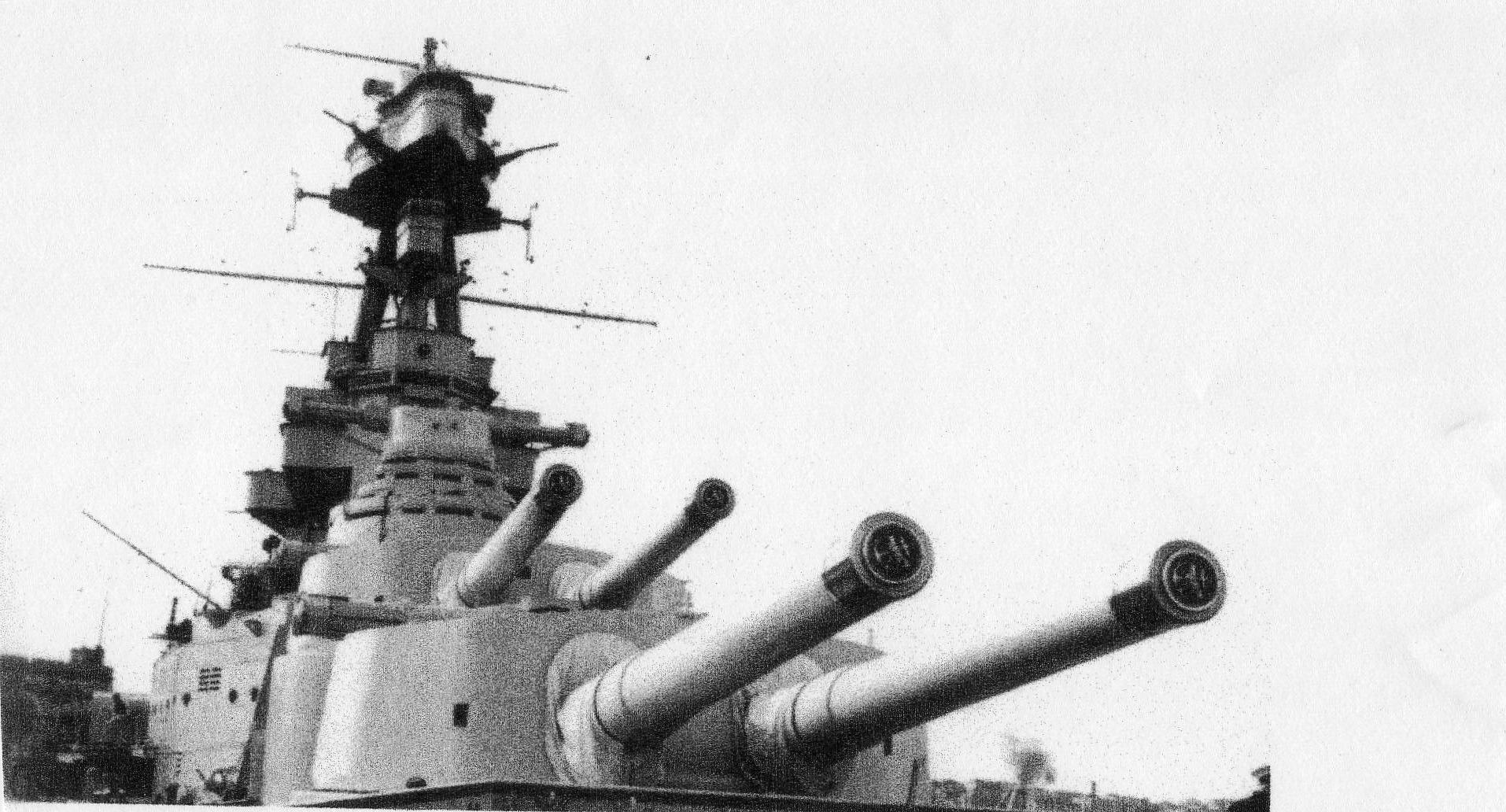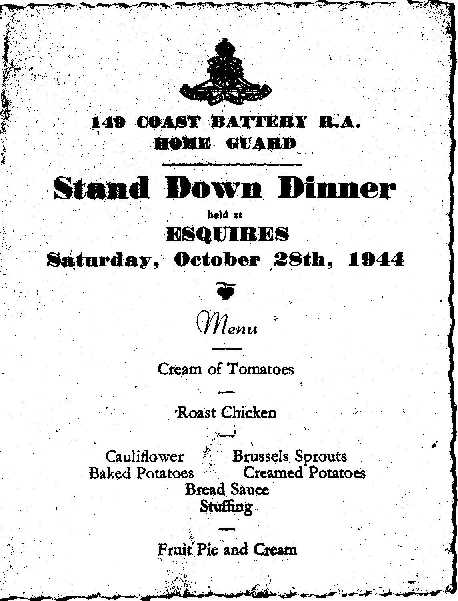HOME
GUARD MEMORIES AND
INFORMATION - OTHER COUNTIES (M-S) - SUSSEX
8th
SUSSEX (BOGNOR REGIS & SELSEY) BATTN.
and
JOHN ROBERT OLIVER
This is a page within the www.staffshomeguard.co.uk
website. To
see full contents, go to SITE
MAP.
|
At the outbreak of war, John
Robert Oliver was Clerk-in-Charge at the Bognor
branch of Westminster Bank Ltd. He enlisted in the local Home
Guard in its earliest days, at a time when the threat of invasion
was growing by the day. His unit will have been part of the
8th Sussex (Bognor Regis & Selsey) Battalion. At this
time his son, also John Oliver, and to whom we are indebted
for these memories, was five years of age; he was sent off
to the Cotswolds with his mother and brother, out of harm's
way, and remained there for some nine months.
("Out of harm's way" may, on the basis of recently unearthed evidence, be an inappropriate phrase. Several contemporary letters written to her husband by Mrs. Oliver from Lower Slaughter in Gloucestershire tell a remarkable story of Luftwaffe attacks on this tranquil corner of rural England in 1940).
In the meantime John Oliver
Sr. was well and truly immersed in all the traditional activities
of the Home Guard at the time, given added urgency and importance
since this stretch of coast was as likely as any other to
be the location of a German invasion. Even so, at the beginning
he was expected to guard his homeland without the assistance
of a rifle. After he had been issued with one there is a memory
of his enthusiasm in demonstrating the procedure for "Fix
Bayonets" to his two sons which resulted in a hole in
the living room ceiling.
As the war progressed John
Oliver transferred, like so many others, to artillery duties.
But in his case it was not the usual function of anti-aircraft
defence in the course of which Home Guards throughout the
country manned their anti-aircraft guns and rocket launchers
in and around inland towns and cities. In this and many other
coastal locations, both along the South Coast and in other
areas, the Home Guard became increasingly involved in the
manning of large coastal defence guns and this was the case
for the unit to which John belonged. His son recalls being
taken to see those deployed on the Bay Estate, concealed in
fake holiday bungalows, as well as a Battery Observation Post.
Training included practice shoots with similar weaponry at
the fort at Newhaven which involved a towed target.
The Bognor
guns, according to the father, had once been on HMS Hood,
having been removed during a refit. Here they are, on the ship prior to its 1941 refit (after which of course Hood was tragically lost during the engagement with Bismarck).
It is hardly surprising to learn that when these monsters were fired the
whole town shook. There was some question as to whether they
would depress sufficiently to allow them to engage targets
on or near the shore in the event of an invasion but fortunately
this was never put to the test.
Amongst all scares of those
times one in particular stands out: the night in 1944 when
John was alone on guard. A severe storm was blowing and in
all the mayhem a large piece of a Mulberry Harbour crashed
through the scaffolding poles which lined the beach.
John Oliver had a comrade
on the guns, a Mr. Whitehouse; the men were called Bombardiers
- which was of course Royal Artillery terminology - and there
is a memory of a small metal sign on each of their front gates
denoting their HG membership.
Two images of the AA unit
to which John Oliver eventually belonged have survived. It
is the 149 Coast Battery, Royal Artillery and is shown below
with both its Home Guard and its R.A. members.

When
the job was done and it was known that the Home Guard was
to be stood down, the Battery organised a celebratory stand
down dinner. Perhaps not the most adventurous menu by sophisticated
21st century standards but after years of stringent rationing
no doubt a feast to John Oliver and his comrades. And they
certainly deserved it. |
(Webmaster's note:
We
were delighted to be contacted in October 2014 by 95-year-old
Mr. Angus Cameron of Lincolnshire. He advised us that he
served as a Regular R.A. man in 149 Battery. He was styled
Engine Room Fitter (an old naval term) and was responsible for
the running of the two generators which powered the two
searchlights. He was one of the ten R.A. men left behind to
carry out care and maintenance of the equipment when the
Regular gunners left in readiness for D-Day and the Bognor
Home Guard took over. He is in the front row of the top group
picture, 6th from the right behind the low wall; in the second
picture he is in the second row from the front, extreme right
- the only man in a beret).
ACKNOWLEDGEMENT
We are most grateful to John Oliver (Jr.) of Eastbourne for
these memories of his father and his permission to reproduce
them here. Both he and staffshomeguard would like to supplement
them with other reminiscences concerning the Bognor men and
especially with any further photographs of the unit which
may exist. Please use Feedback
if you can contribute anything and your comments will be passed
on to Mr. Oliver; or alternatively contact
him direct.
|